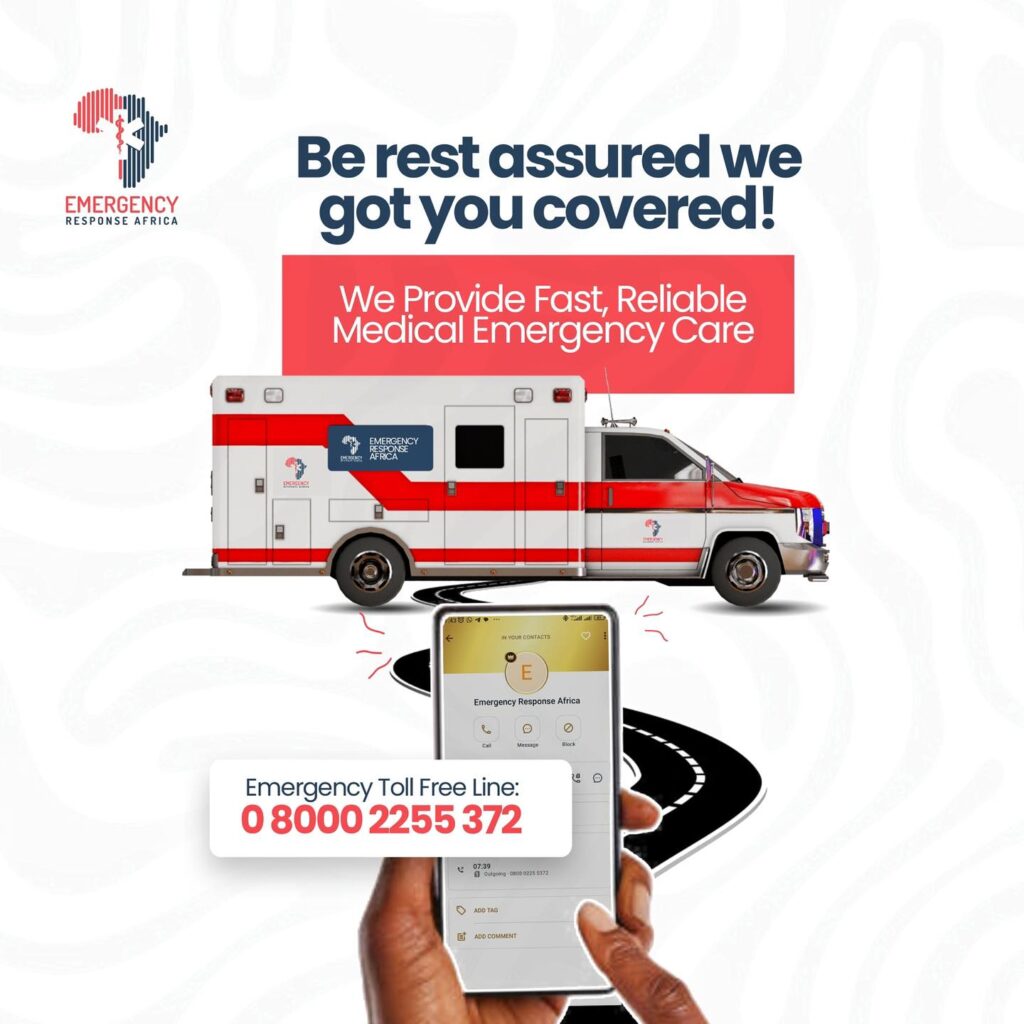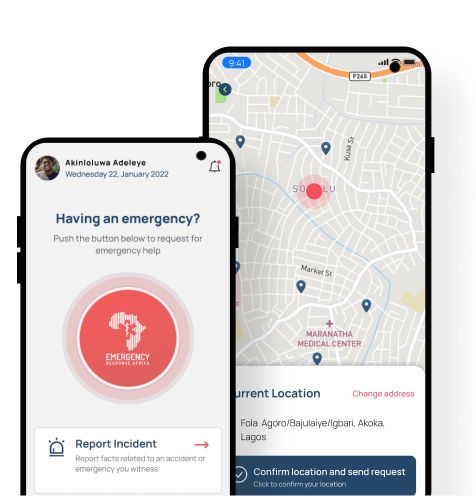We take breathing for granted until it suddenly becomes a struggle. When someone suddenly gasps for air, turns pale, or collapses from breathlessness, immediate action is crucial. Yet, in many cases, bystanders freeze, unsure of how to help.
Difficulty in breathing, or dyspnea, is a medical emergency that can stem from asthma attacks, choking, allergic reactions, panic episodes, or heart failure. Without immediate first aid, it can escalate rapidly, leading to unconsciousness or even death before professional help arrives.
What steps should you take when someone can’t breathe? When should you call emergency services? What quick actions can save a life before medical help arrives?
This guide will walk you through practical, life-saving techniques to assist someone struggling to breathe before it’s too late.
What Causes Difficulty in Breathing?
Breathing is one of the most fundamental processes of the human body.
Under normal conditions, air travels through the nose or mouth, down the windpipe (trachea), and into the lungs, where oxygen is absorbed into the bloodstream while carbon dioxide is expelled.
When this process is disrupted, even momentarily, the body signals distress. Medically, this is referred to as dyspnea, a feeling of not getting enough air.
Here are the common causes of difficulty in breathing:
1. Respiratory Conditions
- Asthma: A chronic condition where airway inflammation causes wheezing, coughing, and shortness of breath, often triggered by allergens, exercise, or cold air.
- Chronic Obstructive Pulmonary Disease (COPD): A progressive lung disease (including chronic bronchitis and emphysema) that makes breathing increasingly difficult.
- Pneumonia: A bacterial, viral, or fungal lung infection that causes inflammation, fluid buildup, and impaired oxygen exchange.
- Lung infections (e.g., Tuberculosis): Can lead to persistent coughing, chest pain, and difficulty breathing.
2. Cardiovascular Issues
- Heart Attack (Myocardial Infarction): When blood flow to the heart is blocked, it can cause chest pain and breathlessness.
- Heart Failure: The heart’s inability to pump blood effectively leads to fluid buildup in the lungs, causing shortness of breath.
- Pulmonary Embolism: A blood clot in the lungs obstructs airflow, leading to sudden and severe breathlessness.
3. Neurological and Psychological Factors
- Stroke: Can impair the brain’s ability to control breathing.
- Panic Attacks & Anxiety Disorders: Hyperventilation due to stress or panic can cause a sensation of breathlessness.
- Drug Overdose: Certain substances, including opioids and sedatives, can slow or suppress breathing.
4. Obstruction of the Airway
- Choking: A foreign object blocking the airway prevents airflow.
- Swollen throat or tongue: Can be caused by burns, infections, or allergic reactions.
- Drowning: Water in the lungs blocks oxygen absorption, leading to suffocation
5. Environmental and External Factors
- Smoke inhalation: Fire or toxic fumes can severely irritate the lungs and block oxygen absorption.
- High altitudes: Reduced oxygen levels at high elevations can cause altitude sickness and breathlessness.
- Extreme temperatures: Cold air can trigger asthma attacks, while excessive heat may lead to dehydration-related breathing distress.
6. Allergic Reactions (Anaphylaxis)
- Severe allergic reactions to food, insect stings, or medications can cause swelling in the throat and airway constriction, making breathing nearly impossible.
Symptoms That Indicate Breathing Difficulty
The severity of breathing problems varies, but key warning signs to watch for include:
- Shortness of breath (feeling like you can’t get enough air)
- Wheezing (high-pitched whistling sound when breathing)
- Chest pain or tightness
- Bluish lips, fingers, or face (cyanosis) due to lack of oxygen
- Gasping for air or struggling to breathe
- Excessive sweating without exertion
- Fast, shallow breathing (tachypnea)
- Slow, weak, or irregular breathing (respiratory failure warning)
- Nostril flaring (especially in children)
- Grunting sounds when exhaling
- Using accessory muscles (e.g., sucking in the neck or ribs to breathe)
Immediate First Aid Steps for Difficulty in Breathing
When someone is struggling to breathe, quick and appropriate first aid can prevent their condition from worsening or even save their life. The steps may vary depending on the underlying cause, but these general measures apply broadly:
| Step | Action | Details |
| 1. Stay Calm and Assess | Stay calm, reassure the person | Panic worsens breathing issues; ask about existing conditions; call for emergency help if needed. |
| 2. Position Comfortably | Sit them upright | This reduces lung pressure and supports their back. A tripod position can help in severe cases. |
| 3. Loosen Clothing | Remove tight clothing | Check for restrictions around the neck and chest that may limit breathing. |
| 4. Encourage Controlled Breathing | Guide slow breathing | Inhale through the nose for 3 seconds, and exhale through the mouth for 3 seconds to prevent hyperventilation. |
| 5. Improve Airflow | Provide fresh air | Open windows, and doors, or move away from irritants. |
| 6. Monitor Condition | Watch for red flags | Confusion and extreme fatigue indicate worsening conditions; be prepared for CPR. |
| 7. Perform CPR (If Needed) | If unresponsive, start CPR | Adults & Children: 30 compressions (100-120 per minute) followed by 2 rescue breaths. Ensure the airway is open.
Infants: Use two fingers for compressions, press gently but firmly on the center of the chest, and give small rescue breaths. |
Note: CPR is only for those who are unresponsive and not breathing, if they’re conscious but struggling, CPR is not appropriate.
When to Call for Professional Help

While some breathing issues are resolved with quick first aid, do not hesitate to seek professional medical assistance if:
- Breathing does not improve within a couple of minutes of intervention.
- The person turns blue (lips, fingers) or exhibits severe confusion or drowsiness.
- There is persistent wheezing or gasping that doesn’t subside with an inhaler or other measures.
- The person becomes unresponsive or stops breathing entirely.
- You suspect a heart attack (chest pain, pressure) or severe allergic reaction (swelling, hives).
When calling emergency services (e.g., 112 in Nigeria or ERA’s hotline), be ready to provide:
- The exact symptoms (e.g., wheezing, cyanosis, unconsciousness).
- Any known medical history (asthma, heart disease, allergies).
- Your location and a valid phone number for follow-up.
- Details on what first aid you’ve already administered.
First Aid for Specific Causes of Breathing Difficulty

Basic first aid for breathing problems is important, but some emergencies need special care. The right action can prevent complications, ease distress, and even save a life.
Here’s a table highlighting the exact steps to take based on the condition causing the breathing difficulty.
| Condition | First Aid Action |
| Asthma Attack | Ask if the person has an inhaler. If available, help them take one or two puffs every 30 to 60 seconds, up to 10 puffs if needed. |
| Encourage slow, deep breaths while sitting upright to ease airflow. | |
| Call emergency services (112 in Nigeria or Emergency Response Africa hotline) if symptoms persist after 10 puffs, the person struggles to speak, becomes weak, or their lips/skin turn blue. | |
| Anaphylaxis (Severe Allergic Reaction) | Check if they have an epinephrine (EpiPen) auto-injector and assist in using it immediately. |
| Call emergency services right away, anaphylaxis can escalate rapidly. | |
| Keep them sitting upright and monitor for signs of shock, such as pale skin, dizziness, or a rapid pulse. | |
| Choking (Airway Blockage by a Foreign Object) | If the person can cough, encourage them to continue coughing forcefully to dislodge the object. |
| If they cannot breathe, speak, or cough, perform the Heimlich maneuver by standing behind them, wrapping your arms around their waist, and delivering quick, inward, and upward abdominal thrusts until the object is expelled. | |
| If the person becomes unconscious, begin CPR immediately. | |
| Heart Attack or Cardiac Arrest | At the first sign of a heart attack, such as chest pain, shortness of breath, or dizziness, call emergency services without delay |
| Help them sit in a comfortable position and keep them calm. | |
| If the person becomes unresponsive and is not breathing normally, begin CPR immediately, starting with chest compressions, and continue until emergency responders take over. | |
| Panic Attack or Hyperventilation | Calmly reassure the person that they are safe and that the symptoms will pass. |
| Guide them to take slow, deep breaths, inhaling through the nose and exhaling through pursed lips, to help regulate breathing. | |
| Lead the person to a quiet place to help them regain control of their breathing more easily. | |
| Smoke Inhalation | Move the person to fresh air as quickly as possible to prevent further exposure. |
| If they experience breathing difficulty, coughing up black mucus, or burnt airways, call emergency services immediately. | |
| Keep them calm and monitor for worsening symptoms while waiting for medical help. | |
| Drowning or Near-Drowning | Remove the person from the water as safely and quickly as possible. |
| If the person is not breathing, begin CPR immediately, starting with rescue breaths followed by chest compressions. | |
| Even if they regain consciousness, seek medical attention promptly, as complications such as secondary drowning can occur. |
Common Mistakes to Avoid When Assisting Someone with Breathing Difficulty
Mistakes in first aid can make breathing problems worse instead of better. Knowing what not to do is just as important as knowing the right steps. Here are common mistakes to avoid when assisting someone with difficulty in breathing:
- Delaying Action: Waiting too long or hoping the problem resolves can be fatal. Act promptly.
- Never lay a conscious person flat: Keeping them upright helps ease airflow and reduces strain on the lungs
- Forcing Food or Drink: Could lead to choking if they’re still struggling to breathe.
- Performing CPR on a Conscious Person: CPR is only for those who are unresponsive and not breathing. Using it on someone who is conscious can cause harm.
- Ignoring Subtle Warning Signs: Ignoring early warning signs like mild wheezing or shortness of breath can allow a minor issue to become life-threatening.
Rise to the Occasion: Act Fast in Emergencies
Now that you’ve learned the key steps to help in a breathing emergency, be ready to take action when someone needs help. Your quick response can mean the difference between life and death.
Emergency Response Africa (ERA) provides rapid, life-saving interventions across Nigeria. If someone is struggling to breathe, call ERA’s emergency hotline immediately.



